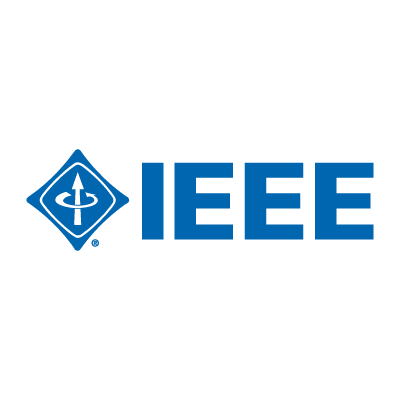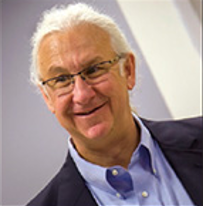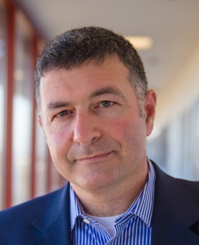
2019 IEEE International Symposium on Phased Array Systems and Technology
October 15 – 18, 2019, Waltham, MA USA

Tutorial: T/R Modules and Array Electronics
October 15, 2019 – 8 a.m. – 12 noon
Instructors:
Dr. William Weedon, Applied Radar
Dr. Douglas Carlson, MACOM
Dr. Gabriel Rebeiz, University of California -San Diego
Abstract:
Part 1: Digitally-Enabled Phased Array Components and Subsystems (Dr. William Weedon)
The past 20 years has seen a massive shift in phased array technology from primarily analog GaAs-based phased T/R modules consisting of discrete MMIC amplifier and phase-shifter chips to newer, more advanced components including GaN PA’s, multi-channel SiGe phase shifter/attenuator chips, CMOS drivers and even CMOS RF chips, and in some cases direct RF sampling using CMOS technology. Where chip-and-wire manufacturing once dominated, the preference now is towards surface-mount pick-and-place and integration of multiple chips into a ball grid array (BGA) or land grid array (LGA) to reduce assembly costs and increase reliability. Applications that were once dominated by defense radar applications including fighter aircraft, missiles guidance, electronic warfare jammers and passive sensors, and ship based radar are now including low-cost and much higher-volume applications such as 5G wireless arrays with massive MIMO and low-cost unmanned array sensors. The closely-held phased array components that were once limited to US defense contractors and their allies are now manufactured across the globe. Many more applications are also pushing towards millimeter-wave arrays in order to increase bandwidth and decrease array size. This talk will discuss the paradigm shift towards the lower cost, higher volume, higher frequencies, and higher performance phased arrays, and the enabling technologies.
Part 2: Commercial Manufacturing of T/R Modules (Dr. Douglas Carlson)
Transmit/Receive (T/R) modules are the defining building block for a broad spectrum of active antenna applications from Military Phased Array Radar, or Active Electronically Scanned Arrays (AESA) to massive MIMO antennas for 5G cellular communications. The performance of the T/R module is determinate in setting the performance characteristics of the target system. Often the T/R module is a major driver of overall system cost. In addition, the proliferation of system architectures and applications has resulted in a broad array of T/R module realizations.
Historically T/R modules have been developed and used extensively in defense Radar, Communications and Electronic Warfare systems. Performance, system CONOPS and environmental factors drove the technology base with a lesser emphasis on cost. Solutions were dominated by classical “chip-and-wire” construction using bare die building blocks to realize the functional block diagram. While these solutions have achieved extremely impressive performance, it has come at a high cost per T/R channel.
The clear performance advantage, which phased arrays bring, has driven a desire for rapid adoption in the civil sector. MACOM, for many years, has focused on utilizing commercial manufacturing practices coupled with the heterogeneous integration of semiconductor technologies to realize high performance RF solutions for a broad array of end markets. We have applied these approaches to design and manufacture of T/R modules and full AESA Tiles for both communications and sensing arrays. We have addressed applications in multiple frequencies spanning a wide range of output power. These solutions have utilized both convective and liquid cooling.
This session will cover critical design and manufacturing considerations for the base semiconductor components, block diagram, and T/R module realization.
Part 3: 5G Millimeter-Wave and the Rise of Directive Communications: Phased-Array Designs, Chips and System Integration (Dr. Gabriel Rebeiz)
Due to the increased demand for data, there is a need for millimeter-wave base-station and mobile-user phased-arrays which can provide high-capacity data services using directional links (5G). These 16, 32 and 64-element phased-arrays have wide bandwidths (24 to 29 GHz), can be dual-polarized with MIMO capabilities, generally need calibration for low-sidelobe patterns, must handle 64QAM and 256QAM signals with low distortion, and be low cost and amenable for high volume production and test. This talk will summarize some of the phased-array designs at 20-70 GHz together with the related chips developed for this purpose, and will show real system demonstrations at 100 meters to several kms.
Instructors:


